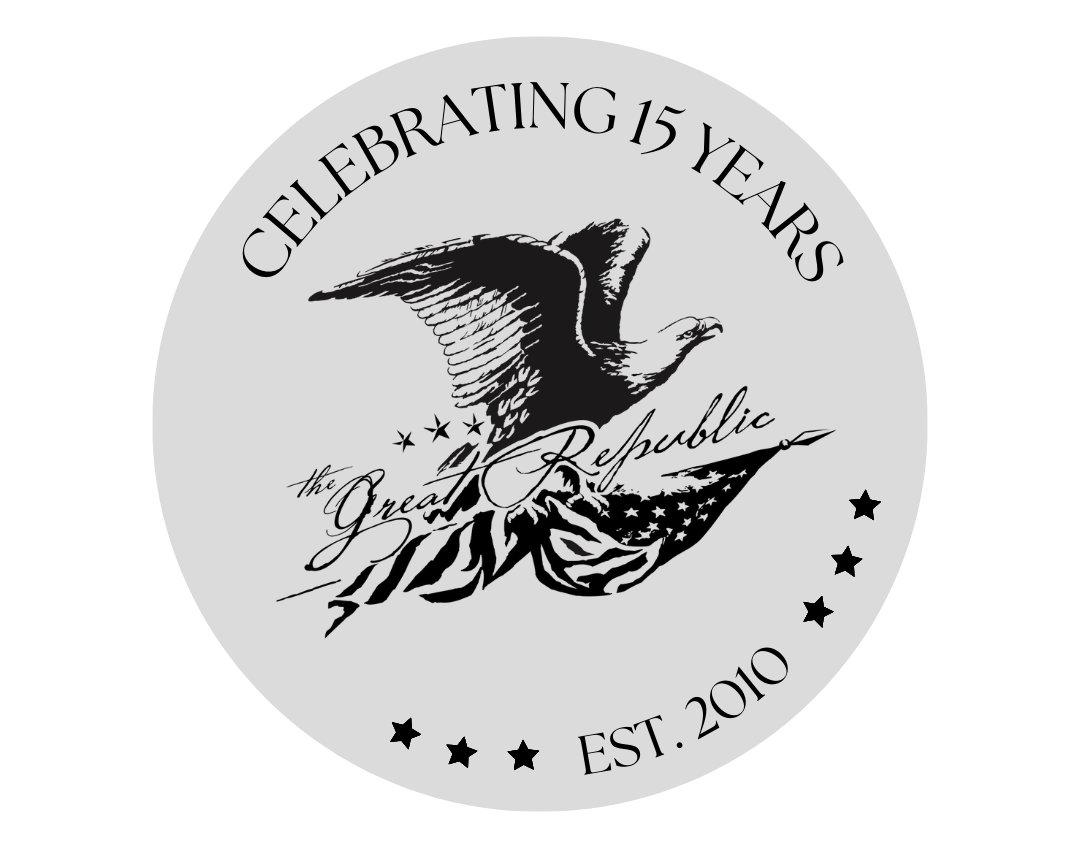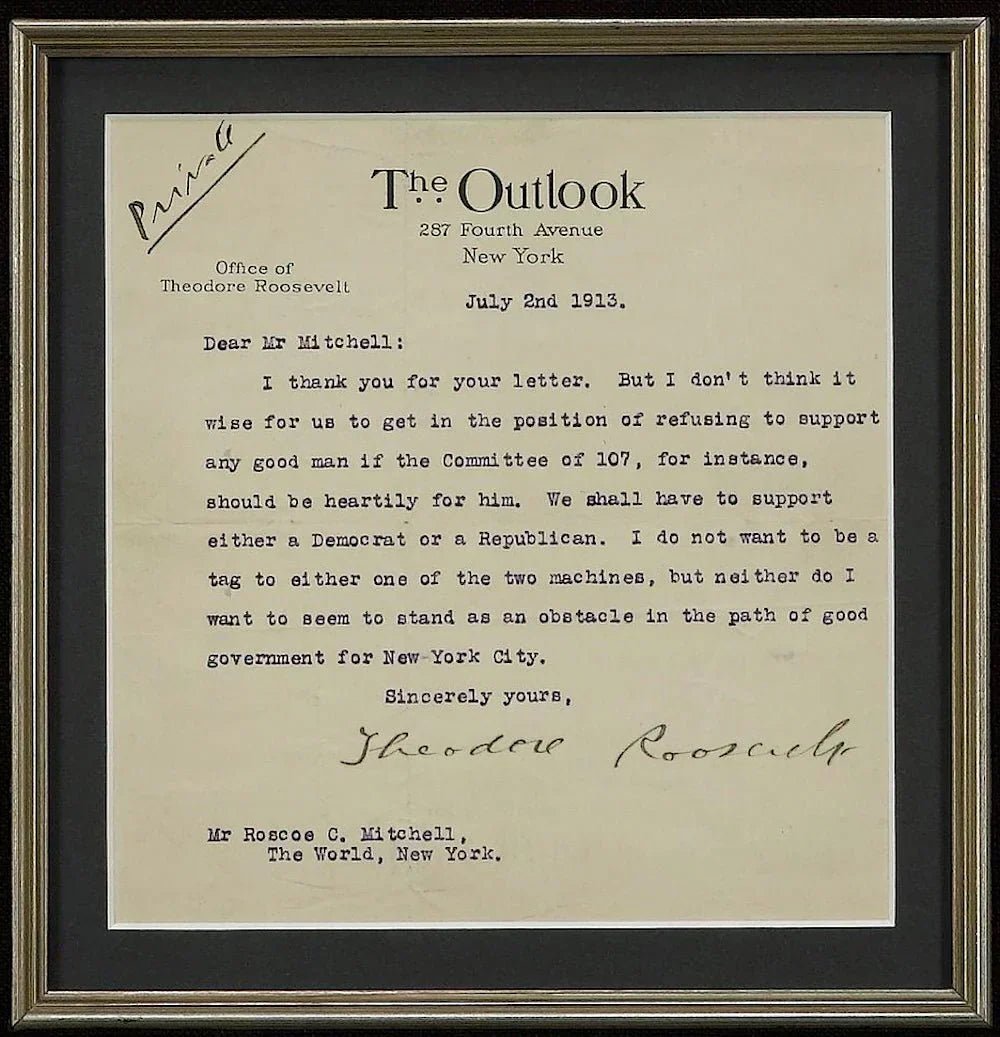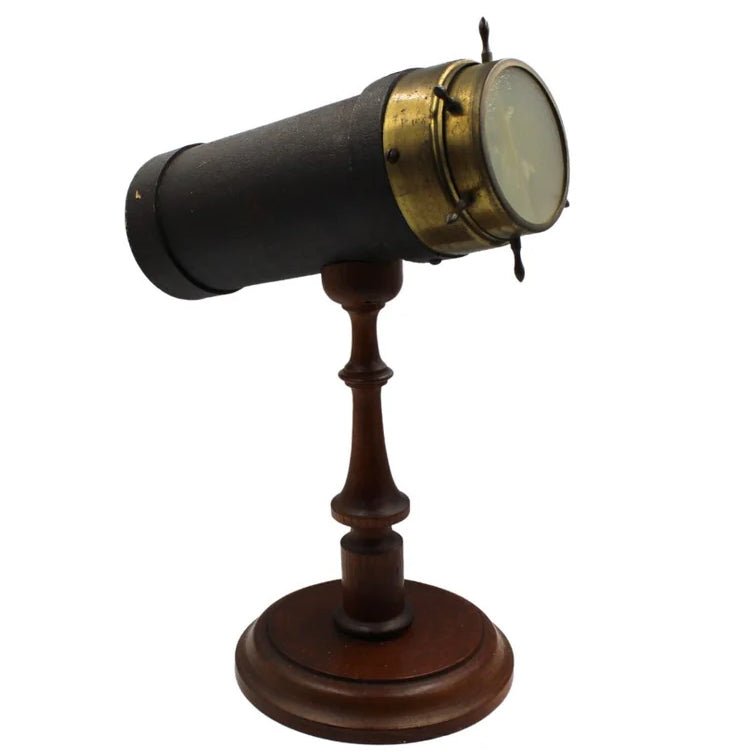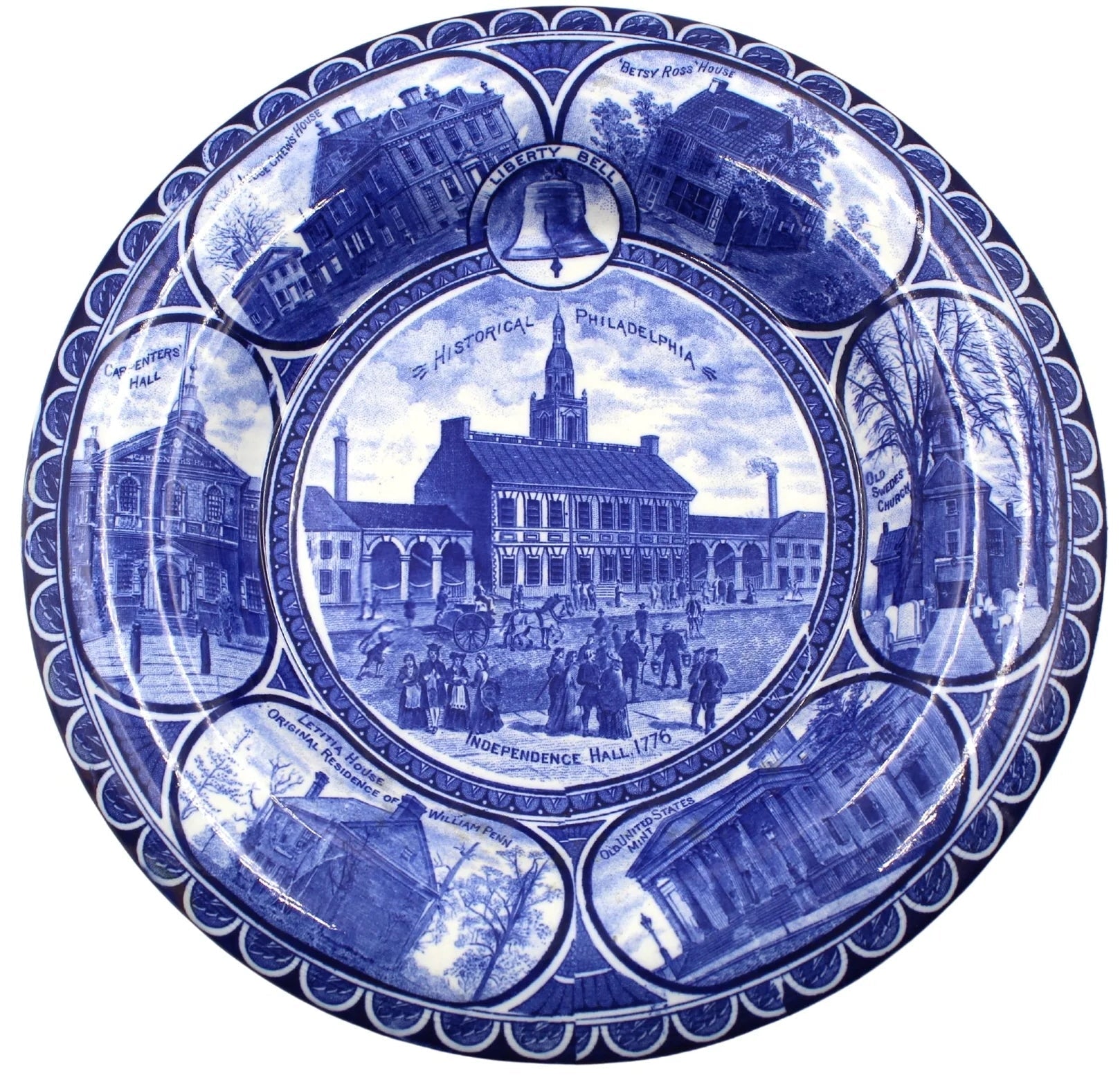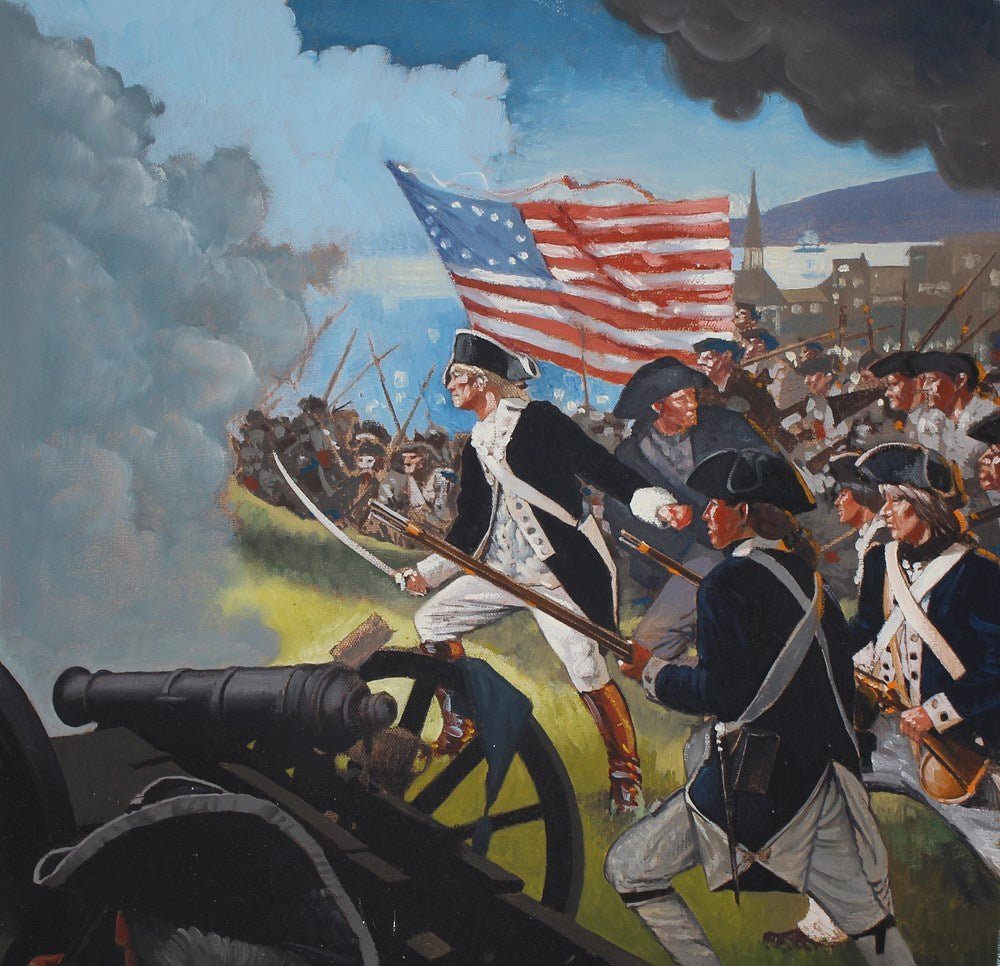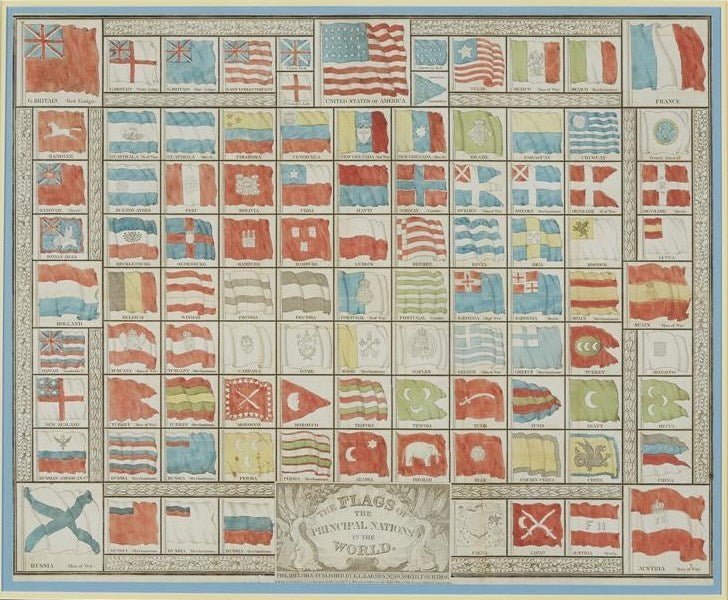Patriotic and Starry: A Spectacular Centennial Flag
 Recently acquired and new to our collection is this rare Centennial patriotic flag banner, dating to 1876. The flag’s brilliant blue canton is spectacular, with 81 five-pointed, rayed stars, arranged to read “1776” and “1876.” The flag’s design is completed with thirteen alternating red and white stripes.
Recently acquired and new to our collection is this rare Centennial patriotic flag banner, dating to 1876. The flag’s brilliant blue canton is spectacular, with 81 five-pointed, rayed stars, arranged to read “1776” and “1876.” The flag’s design is completed with thirteen alternating red and white stripes.
In the lead up to the nation’s Centennial in 1876, flag makers and individuals looked to the past for designs to produce as part of the country’s many celebrations. Popular interpretation of the stars and stripes undoubtedly reached its climax of variety and originality at the time of our Nation’s first Centennial. Since no design restrictions were placed on flagmakers' imaginations and no strict distinctions were drawn between official and unofficial star counts, it is no surprise that, on the occasion of the Centennial, creativity in flag design was not the exception, but the rule.
The cantons from this period presented an array of geometric abstractions. Great star patterns, referred to as the “starry flower of Liberty” by Oliver Wendell Holmes, that were popular from 1818 and on, resurfaced in Centennial flags. The lively assemblage of many white stars into one great stellar design is perhaps the most beautiful visualization of the goal set forth by the original Flag Resolution of 1777, “...13 stars white in a blue field representing a new constellation.”
 Stars arranged in medallions or starburst patterns were also popular among flag makers and consumers. Yet this “1776/1876” flag remains to be one of the more spectacular and celebratory designs to come from the Centennial celebrations, as flags with stars that spell out numeric or alphabetical characters are among the rarest of all designs.
Stars arranged in medallions or starburst patterns were also popular among flag makers and consumers. Yet this “1776/1876” flag remains to be one of the more spectacular and celebratory designs to come from the Centennial celebrations, as flags with stars that spell out numeric or alphabetical characters are among the rarest of all designs.
 You might wonder how one would go about constructing such an intricate design. This flag’s canton design was made by a process known as press dyeing. The earliest patent for press dyeing flags was issued in 1849, and described using a dye vat in combination with a dyeing frame. The dyeing frame was made, so as to prevent the dye from penetrating portions of the flag that did not need any color. The press dying process was thought to be a novel idea that would improve flag-making efficiency. In this case, for example, it would alleviate the arduous task of hand-appliquéing or hand-sewing 81 stars onto the canton. In reality, the result was significantly less efficient than sewing. To achieve stark white stars, metal plates in the shape of stars had to be clamped to either side of a length of fabric, in the desired configuration, so they were back-to-back. These clamped areas also had to be brushed beforehand with a solution that would resist dye or with a thin coat of wax. The star plates were clamped together tightly, the bunting was dyed blue, and the areas where the plates were positioned would be left white. Press dyeing never gained widespread use.
You might wonder how one would go about constructing such an intricate design. This flag’s canton design was made by a process known as press dyeing. The earliest patent for press dyeing flags was issued in 1849, and described using a dye vat in combination with a dyeing frame. The dyeing frame was made, so as to prevent the dye from penetrating portions of the flag that did not need any color. The press dying process was thought to be a novel idea that would improve flag-making efficiency. In this case, for example, it would alleviate the arduous task of hand-appliquéing or hand-sewing 81 stars onto the canton. In reality, the result was significantly less efficient than sewing. To achieve stark white stars, metal plates in the shape of stars had to be clamped to either side of a length of fabric, in the desired configuration, so they were back-to-back. These clamped areas also had to be brushed beforehand with a solution that would resist dye or with a thin coat of wax. The star plates were clamped together tightly, the bunting was dyed blue, and the areas where the plates were positioned would be left white. Press dyeing never gained widespread use.
 Some of the flags made for the Centennial, like small parade wavers (shown above), were designed to be used and displayed during town events and celebrations, and then easily discarded afterwards. Flag makers chose less durable fabrics like silk or untreated cotton for parade flags, both of which were cheaper, but less robust. This has made it increasingly difficult to find original examples in good condition. Luckily, some examples have been saved, passed down through family generations, and now serve as glorious reminders of our perseverance through the both tragic and triumphant first 100 years as a nation.
Some of the flags made for the Centennial, like small parade wavers (shown above), were designed to be used and displayed during town events and celebrations, and then easily discarded afterwards. Flag makers chose less durable fabrics like silk or untreated cotton for parade flags, both of which were cheaper, but less robust. This has made it increasingly difficult to find original examples in good condition. Luckily, some examples have been saved, passed down through family generations, and now serve as glorious reminders of our perseverance through the both tragic and triumphant first 100 years as a nation.
We are so excited to unveil and display this flag in our Colorado gallery. Stop by to see this spectacular flag in person.

